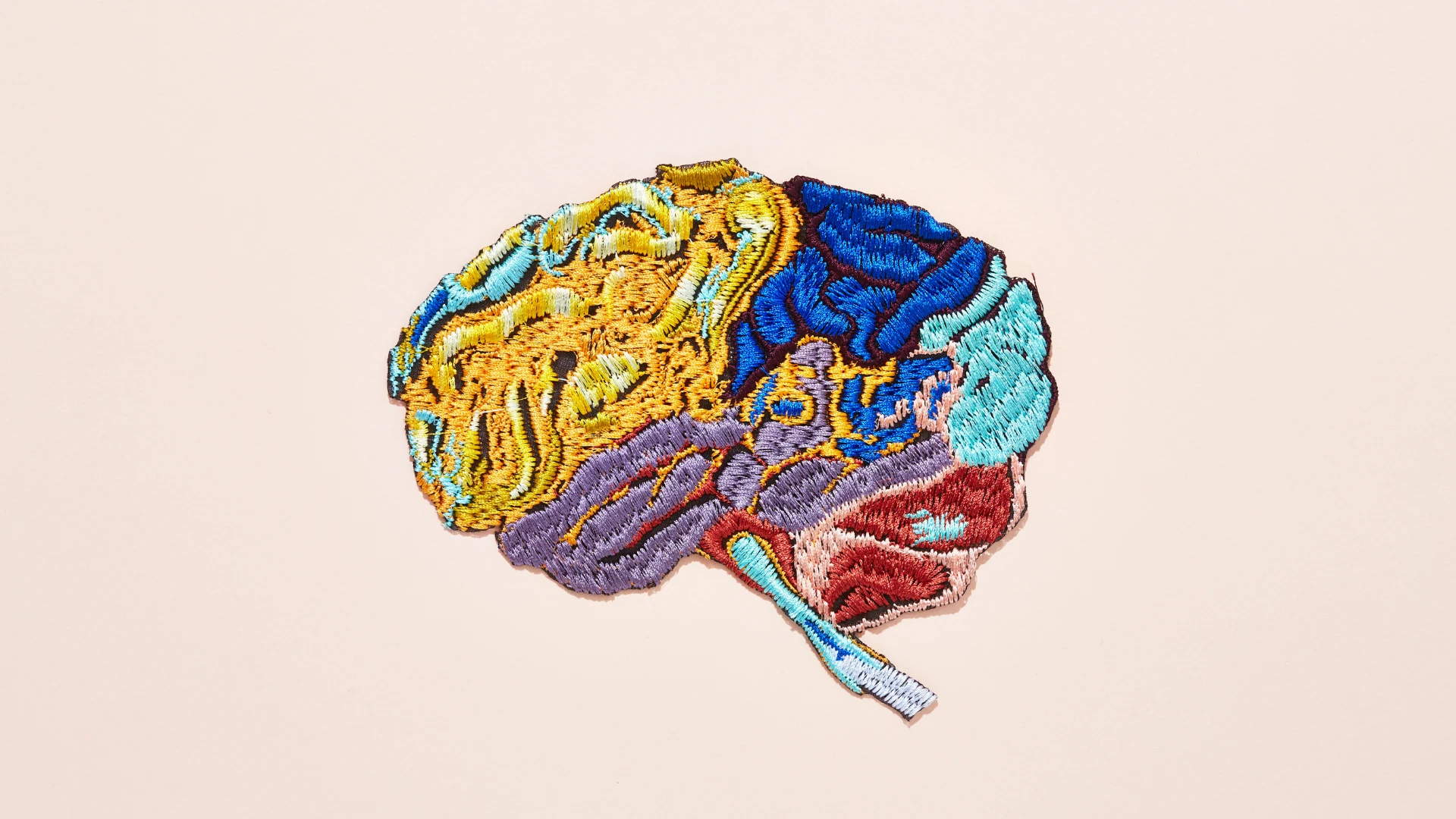Wimbledon Ushers in a New Era: AI Replaces Line Judges in Historic Move

Wimbledon, the world's oldest and most prestigious tennis tournament, is making history. For the first time in its 148-year legacy, human line judges will be assisted – and in some cases, entirely replaced – by cutting-edge artificial intelligence (AI) technology. This groundbreaking shift promises to enhance accuracy, speed, and the overall viewing experience for fans worldwide.
The transition, announced ahead of the 2024 tournament, involves a sophisticated camera system powered by AI. This system utilizes multiple high-resolution cameras strategically positioned around the court to track the ball's trajectory with unparalleled precision. The AI algorithms then instantly analyze the data, determining whether a ball landed in or out with a level of accuracy that surpasses human capabilities, particularly in high-speed moments.
How the AI System Works: A Detailed Look
The system isn't simply about identifying whether a ball is in or out. It's a complex integration of several technologies:
- Multiple Camera Angles: A network of cameras captures the ball from various angles, eliminating blind spots and providing a comprehensive view of its movement.
- Precise Ball Tracking: Advanced algorithms track the ball’s position in real-time, accounting for spin, speed, and court conditions.
- AI-Powered Analysis: The AI analyzes the data from the cameras, making a definitive call on whether the ball is in or out.
- Instant Communication: The AI’s decision is immediately relayed to the chair umpire, who retains the final authority but benefits from the AI's objective assessment.
Why the Change? Addressing Accuracy and Efficiency
While human line judges have been a beloved tradition at Wimbledon, the push for AI integration stems from a desire to improve accuracy and efficiency. Human error, while rare, can occur, particularly under pressure or when dealing with extremely fast serves. The AI system eliminates this potential for human subjectivity, ensuring that calls are based solely on data.
Furthermore, the AI system can process information significantly faster than a human, reducing delays and keeping the game flowing smoothly. This is particularly beneficial in crucial moments of a match, where every second counts.
Fan Experience and the Future of Tennis
Beyond the on-court benefits, the AI integration is expected to enhance the viewing experience for fans. Broadcasters can utilize the AI's data to provide more detailed graphics and analysis, allowing viewers to better understand the intricacies of the game. Some speculate that the AI's data could even be made available to fans in real-time through interactive apps.
The introduction of AI at Wimbledon is not intended to replace the human element entirely. The chair umpire remains a vital figure, responsible for managing the match and making final decisions. However, this move represents a significant step towards embracing technology to enhance the sport of tennis and ensure fairness and accuracy for all.
The world will be watching closely as Wimbledon pioneers this new era, potentially setting a precedent for other major sporting events worldwide. This is more than just a technological upgrade; it’s a glimpse into the future of sports officiating.






